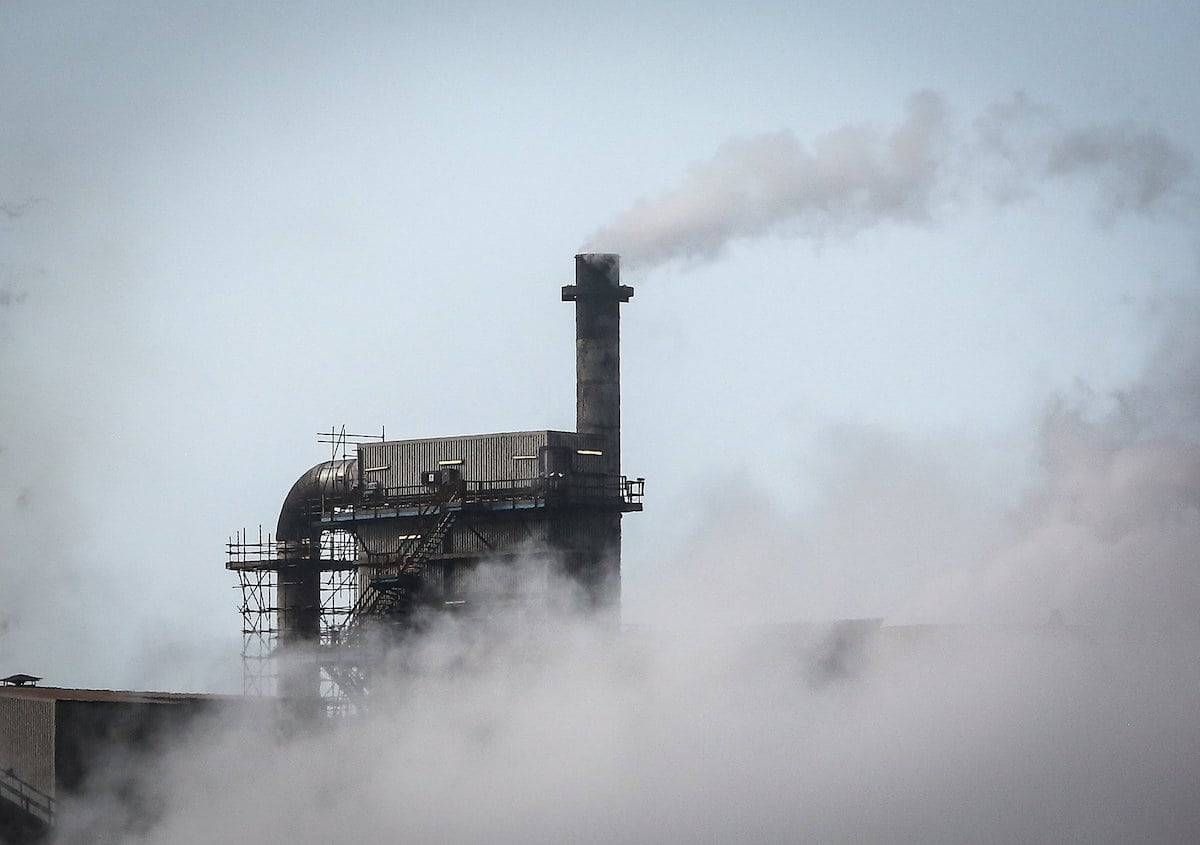Being exposed to short term spikes in air pollution even below legal limits leads to an early grave for the elderly, a study warned.
When levels of fine particulate matter (PM2.5) and ozone were higher on a particular day, it leads to more deaths two days later.
And the risk of a premature death was 25 per cent greater for elderly poor white and minority women than those who were male or white.
Previous studies found evidence that short-term exposures to PM2.5 and ozone were associated with mortality but these have concentrated on large cities and towns with air pollution stations.
So Harvard University researchers set out to investigate the association between short-term exposure to air pollution below current air quality standards and all-cause
mortality.
They estimated pollution levels across the US including rural areas that are not monitored so rigorously and compared this to deaths from Medicare records covering 93 per cent of postcodes over a 13-year period from 2000 to 2012.
Senior author Professor Francesca Dominici at the Harvard T.H. Chan School of Public Health, Boston said: “This the most comprehensive study of short-term exposure to pollution and mortality to date
“We found that the mortality rate increases almost linearly as air pollution increases.

“Any level of air pollution, no matter how low, is harmful to human health.”
The study looked at fine inhalable particles (PM2.5) and ozone, particularly ‘warm-season ozone,’ which occurs from April to September.
The Clean Air Act requires a review of National Ambient Air Quality Standards (NAAQS) set up by the US Environmental Protection Agency for PM2.5 and ozone every five years.
It said long-term exposures to PM2.5 are considered safe if they average 12 micrograms per cubic meter of air (12 μg/m3) or less per day over the course of a year.
The 24-hour standard is 35 μg/m3.
For warm-season ozone there is no annual standard; the 8-hour standard is 70 parts per billion (ppb).
During the study period, 22 million people in the study population died.
The study found for each 10 μg/m3 daily increase in PM2.5 and 10 ppb daily increase in warm-season ozone, the daily mortality rate increased by 1.05 per cent and 0.51 per cent respectively.
Lead author PhD student Qian Di said while this may seem a small increase, the public health impact is enormous if it’s applied to the whole US population of th elderly.
For example, an increase of just 1 μg/m3 in daily PM2.5 over the course of one summer would lead to 550 extra deaths per year and 7,150 extra deaths over the course of the 13-year study period.
An increase of just 1 ppb in daily ozone over the summer would lead to 250 extra deaths per year or 3,250 extra deaths over 13 years.
Mr Di added: “The risk of mortality remained statistically significant when restricting the analysis to days with PM2.5 and ozone levels much lower than the current
daily NAAQS.
“This study included individuals living in smaller cities, towns, and rural areas that were unmonitored and thus excluded from previous time series studies.
“There were no significant differences in the mortality risk associated with air pollution among individuals living in urban vs rural areas.
“Taken together, these results provide evidence that short-term exposures to PM2.5 and ozone, even at levels much lower than the current daily standards, are associated with increased mortality, particularly for susceptible populations.
“No matter where you live – in cities, in the suburbs, or in rural areas – as long as you breathe air pollution, you are at risk.”
In an editorial Professor Junfeng Zhang at Duke University in North Carolina said the findings had implications for forecasting to protect the elderly.
He said: “The study showed that when PM2.5 or ozone concentration was higher on a particular day, more deaths occurred two days later.”
He called for better air pollution alerts to advise the elderly particularly the over 70s who have an increased susceptibility to stay indoors when it is high.
But he added: “However, staying indoors may be more helpful in avoiding exposure to ozone than to PM2.5 because less than 30 per cent of ambient ozone penetrates indoor spaces when windows and doors are closed, whereas more than 80 per cent of PM2.5 enters the indoor space in the absence of an air cleaning device such as central or room filtration.”
But ultimately more must be done to reduce pollution through cleaner energy and transport.
The study was published in the Journal of the American Medical Association (JAMA).
https://www.thelondoneconomic.com/news/pollution-kills-50000-people-britain-every-year/19/10/

